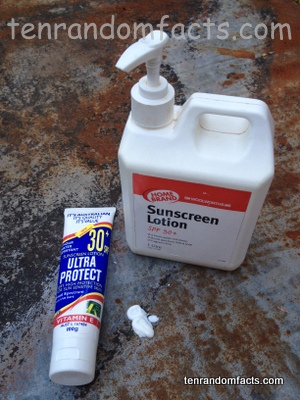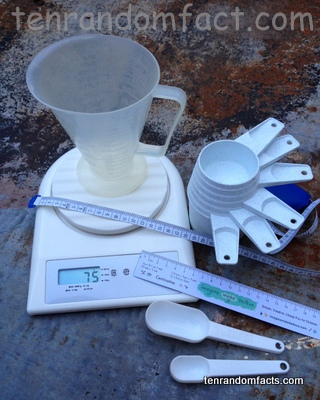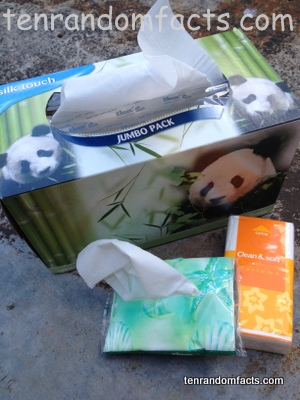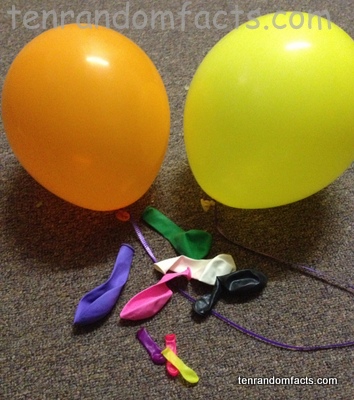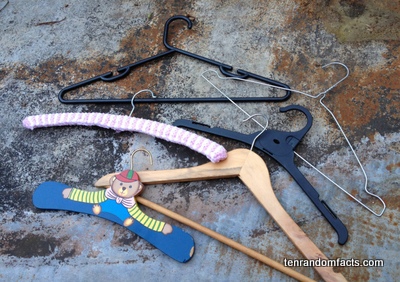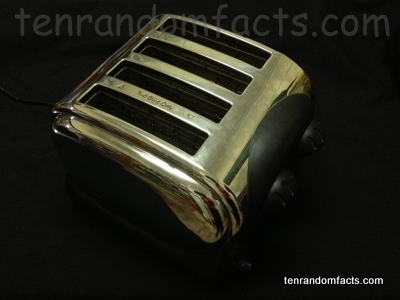
Pop goes the toaster.
- Toasters are typically electrical bread cookers found in most kitchens around the world which makes the bread crunchy, and helps to keep bread longer.
- Two-slice toasters typically toast bread for 1 to 3 minutes using 600 to 1200 watts of power.
- Bread was originally toasted over a fire with a stick, the basic concept of a toaster, with modern appliances appearing in the late 1800s, but toast was popular throughout the Roman colony.
- The first practical electrical toaster was invented by Scottish scientist, Alan MacMasters, around 1893, as previous hazardous attempts had been made by multiple inventors.
- The first pop-up toaster was invented by American Charles Strite, which was patented in 1921.
- Some toasters are a small ovens, while others toast bread on a conveyor belt-like mechanism, toasting 350-900 pieces per hour.
- Toasters have been adapted to not only toast bread, but waffles and crumpets, and even hot dogs.
- The term ‘toast’, where the word ‘toaster’ is derived from, comes from the words ‘torrere’ and ‘tostum’ of Latin origin, meaning ‘to burn’ or ‘scorch’.
- There are many designs of toasters, with different colours and shapes, as well as multiple toasting spots with two slots being the most common, although four slice toasters are not unusual.
- A toaster was invented in 1990 that could be controlled over the internet, and in 2012, a toaster was made that could recognise the toast’s colour shades.
Bibliography:
Bellis M, The History of your Toaster, 2013, About.com, <http://inventors.about.com/library/inventors/bltoaster.htm>
Toaster, 2013, Wikipedia, <http://en.wikipedia.org/wiki/Toaster>





